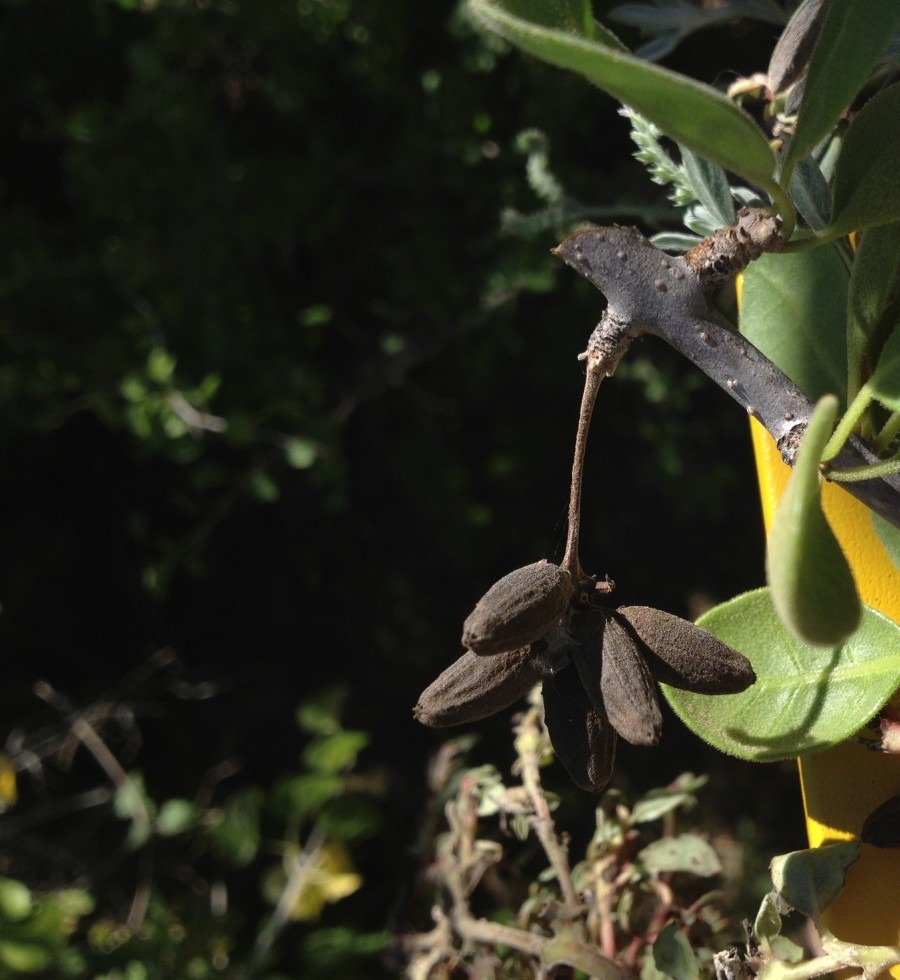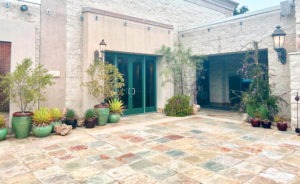Part III — “Cabo Pulmo: Documenting the terrestrial biodiversity adjacent to Mexico’s National Marine Park”

Trip participants (19) from 10 institutions:
Botanists:
- Dr. José Luis Léon de la Luz; Herbarium director;CIBNOR
- Dr. Alfonso Medel Narváez; Herbarium assistant; CIBNOR
- Dr. Jon Rebman; Curator of Botany; San Diego Natural History Museum
- Benjamin Wilder; Director; Next Generation Sonoran Desert Researchers
- John LaGrange; volunteer; San Diego Natural History Museum
Mammologists:
- Dra. Evelyn Rios; Facultad de Ciencias; CIBNOR
- Eduardo Aguilera; Ph.D. Candidate; CIBNOR
- Charlie DeLaRosa; Ph.D. Candidate; University of California, Los Angeles
Ornithologists:
- Emily Wittman; Centro de Estudios Culturales y Ecológicos Prescott College AC
- Dr. Alan Harper; Board Director; Terra Peninsular, AC
- Dr. Carol Baird; Executive Director; CalAlive.
- Kevin Clark; San Diego Natural History Museum
Herpetologists:
- Anny Peralta; Ph.D. Candidate; CIBNOR
- Dr. Jorge Valdez; CIBNOR
- Dr. Adrian Munguia; Postdoctoral Student, University of Arizona
- Dr. Brad Hollingsworth; Curator of Herpetology; San Diego Natural History Museum
- Dean Leavitt; Ph.D. Candidate; University of California, San Diego
Entomologists:
- Dr. Michael Wall; Director of BRC; San Diego Natural History Museum
Nov 10-16th 2013
Now more than three weeks into my month in Baja California Sur, my next stop was Cabo Pulmo. My clever phone guided me along some terribly sandy dirt roads (that turned out to be totally unnecessary), and I pulled into town amidst a cloud of sand! Cabo Pulmo was so beautiful my nerves were instantly soothed, and I think I can honestly say that my week here took away all my worries.

It was an honor to lead the biosurvey of Cabo Pulmo with my friend and colleague Ben Wilder and a fabulous team of local experts who came together from near and far, from universities and museums and our network, Next Generation Sonoran Desert Researchers (N-GEN). We couldn’t have wished for a more knowledgeable and competent team. Since Ben and I are responsible for collating the results and reports from this expedition, we tried to spend time learning about all aspects of the biodiversity of the region and various conservation issues. That meant we got to play with beetles, scorpions, mice, lizards, and any number of delightful creatures!
We all stayed in a house and three bungalows with cots and tents all around, a true team. Delicious meals were cooked for us around the corner by Ana Lilia Arvizu Espinosa and her crew. The trip began for us with an introduction to several local community members at a small dinner-party. It was amazing to be in a community that is so dedicated to conservation. Everywhere we went we were warmly received and helped along our way. Many people were key to our success, especially the Castro family, the local NGO, Amigos de la Comunidad de Cabo Pulmo, and Paulina Godoy who run local programs in recycling, water monitoring, turtle monitoring, classes for local children, and more amongst myriad other daily outreach activities.
The interpretive trails gave a superb transect through three local habitats, taking hikers up to ridges with stunning look-outs, enriched with signage on the cultural history of the region and the activities of the indigenous Pericú people.

Every group of researchers found significant things during the expedition. There were several range extensions and a couple of potential new species of plants and insects. Ben and I tried to fill gaps in other teams and thus at one point we were armed with a machine that records the sounds of bats, and, after Michael Wall departed, we took over the UV lights to hunt scorpions and the other gear to attract nighttime insects. Game cameras picked up foxes, coyotes, raccoons, and more in a beautiful rocky canyon behind the village, and time-lapse footage of the local dump showed some of the impacts of human waste on wildlife. We visited nearby examples of developments that had shocking environmental impacts and became increasingly aware of how important it is that population growth in this region be sustainable. One of the highlights of our trip was finding Olive Ridley turtle nests hatching on the beach while we were looking for scorpions on the dunes. We watched the newly hatched turtles slowly make their way down to the water, leaving beautiful tracks in the sand. Our efforts to document bats involved explorations of caves and abandoned mines, and a little bit of front porch sittin’ as they flew around us one evening!

People came and went all week long, everyone generously volunteering their time and joining for as many days as possible until we had a pretty thorough snapshot of the region. Naturally, year-round surveys would be necessary to get a more complete picture of the biodiversity of this region, but our vouchers and observations, combined with historical vouchers, have given us a strong idea of the biological richness of the land adjacent to this famed divers retreat.
For me a real highlight was getting to see two of the most narrowly endemic plants in the region: Pisonia calafia and Bidens cabopulmensis. Both are known from nowhere else in the world. Bidens cabopulmensis (Asteraceae) is a low shrub with large yellow flowers and a dune specialist, found in abundance of the beautiful dune field of Punta Arena del Sur.


Pisonia calafia (Nyctaginaceae) is a very large spiny shrub with clusters of woody fruits. Super rare, there are only 50 or so known individuals in the world as it’s fund only where the stable dunes transition into the spiny matorral, making it a likely edaphic endemic (restricted to specialized soil conditions). It was an honor to see both of these plants with Jose Luis who found and described both taxa and knows the region like the back of his hand. He referred to these species as his “daughters,” and we all complimented him on their beauty.

The sandy outcrop of Punta Arena (where the lighthouse is found) is home to a wealth of unusual habitats and rich biodiversity, including some small freshwater lagoons that were full of ducks and other birds and lots of unusual plants. The spiny matorral found here is representative of a vegetation type that is very restricted on the Baja California peninsula, with only one other documented site which has different species composition. It isn’t the easiest habitat to walk through (as its name implies!), but it was easily accessible along roadsides, cowpaths, and around the edges of the lagoons.
On the last day we decided to take advantage of being next to the national marine park, and we went snorkeling at Los Arbolitos beach. The marine biodiversity was spectacular, and the cliff-top path that took us there yielded several exciting plant species including regional endemics like Coulterella capitata (Asteraceae), a monotypic genus (having only one species) with succulent leaves, growing right there on the beach. There is little disturbance to the habitats here and fewer invasive plants compared to other areas of the peninsula, but we did observe Melinis repens (Poaceae) and Cryptostegia (Apocynaceae) invading wildlands.

For me it was an enormous pleasure to accompany other biologists and learn a little about the mammals, reptiles, birds, and invertebrates of the region. It gave me a much more complete perspective on the conservation concerns for this region and cemented several new friendships and collaborations. The youngest member of our team, Santiago Valdez Peralta (3 yrs), also inspired us with his enthusiasm for the expedition.
Funnily enough, I had heard of Cabo Pulmo almost 14 years ago when my parents visited from England. They have always maintained that it was one of their favorite places (if not their very favorite), and they told of a magical evening at Nancy’s Bar. Imagine my surprise when I met Nancy, now 83 years old, and was able to convey my parents’ warm wishes! What a pleasant ending to a fantastic and inspirational trip!






